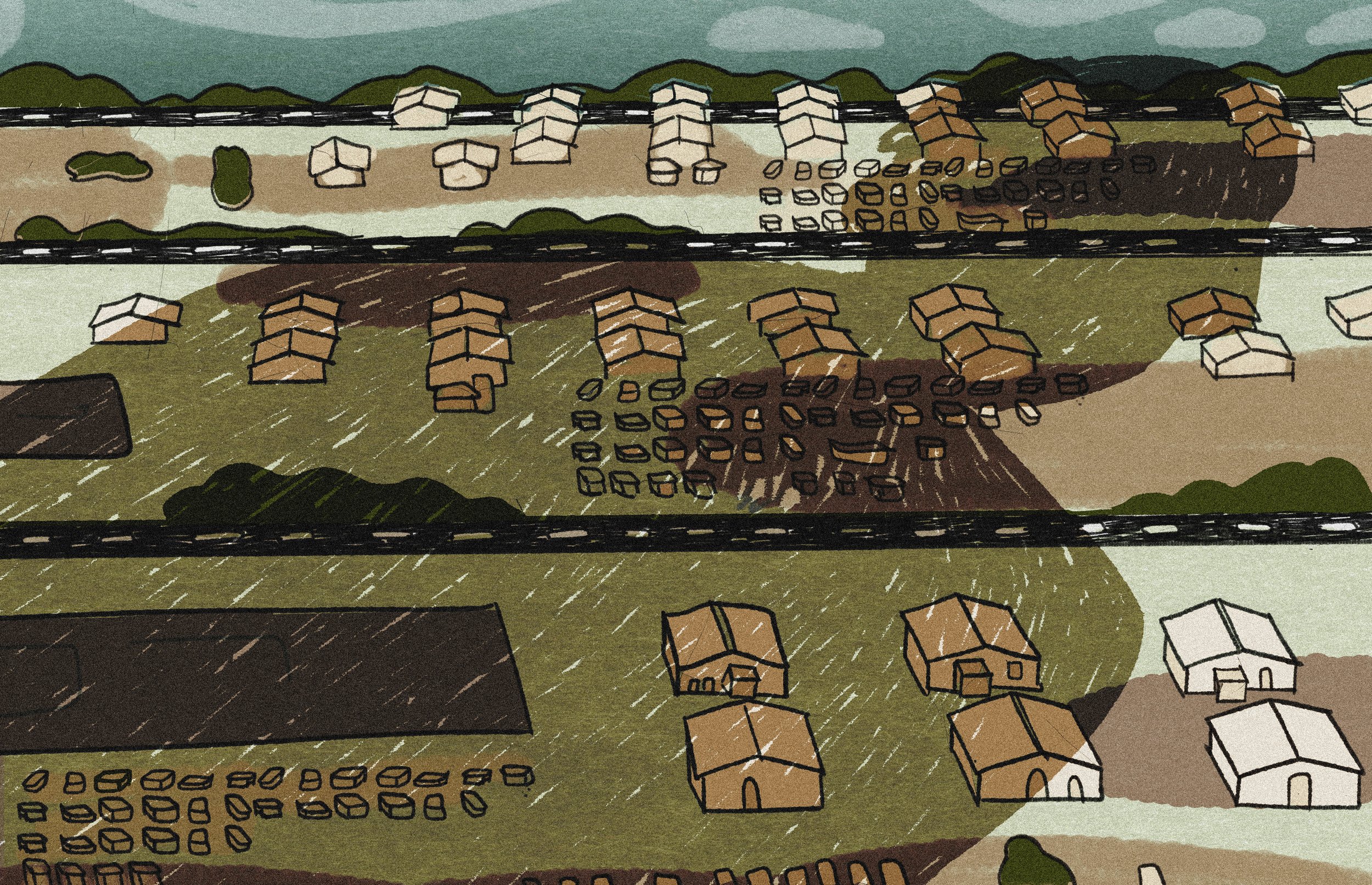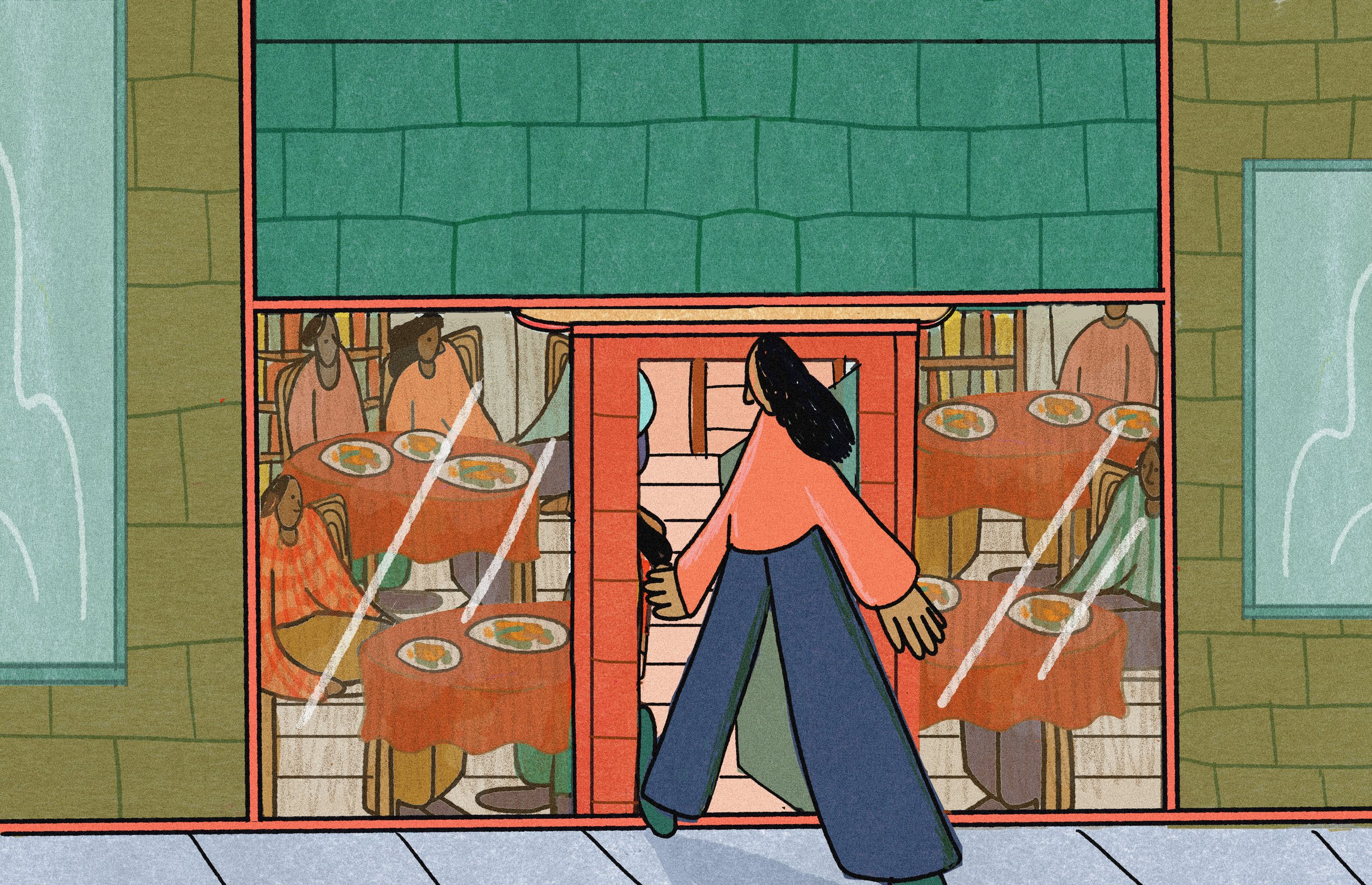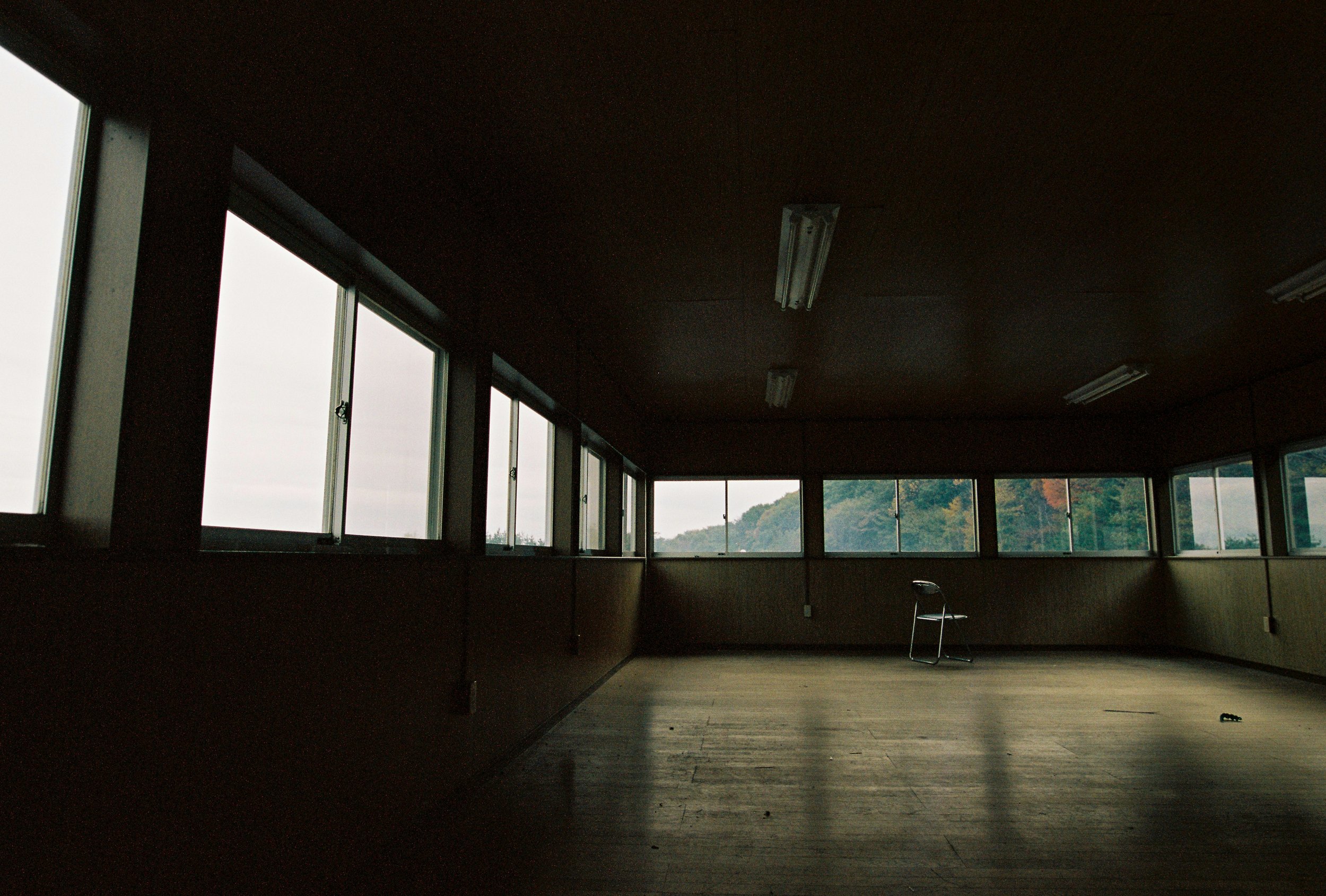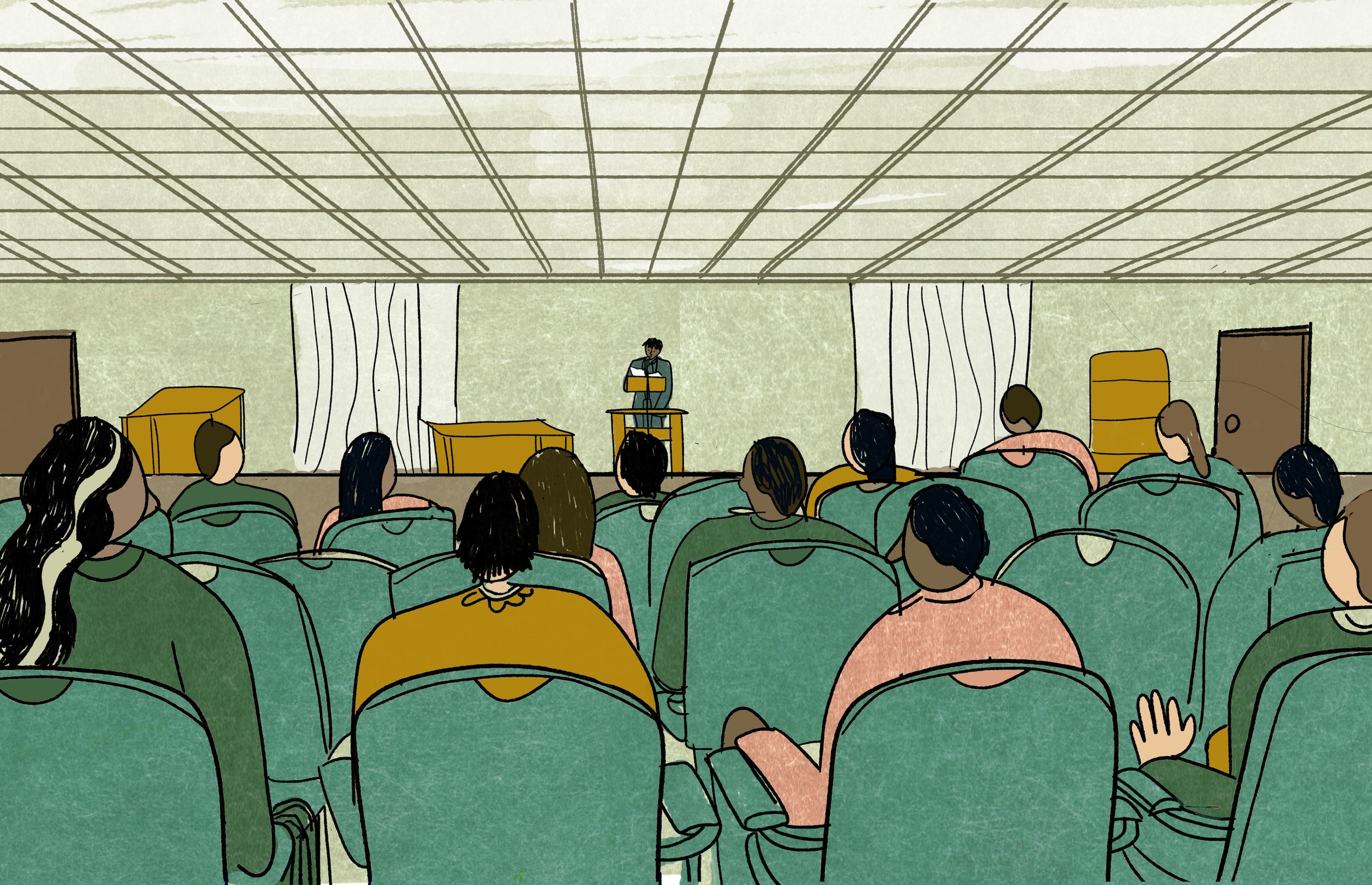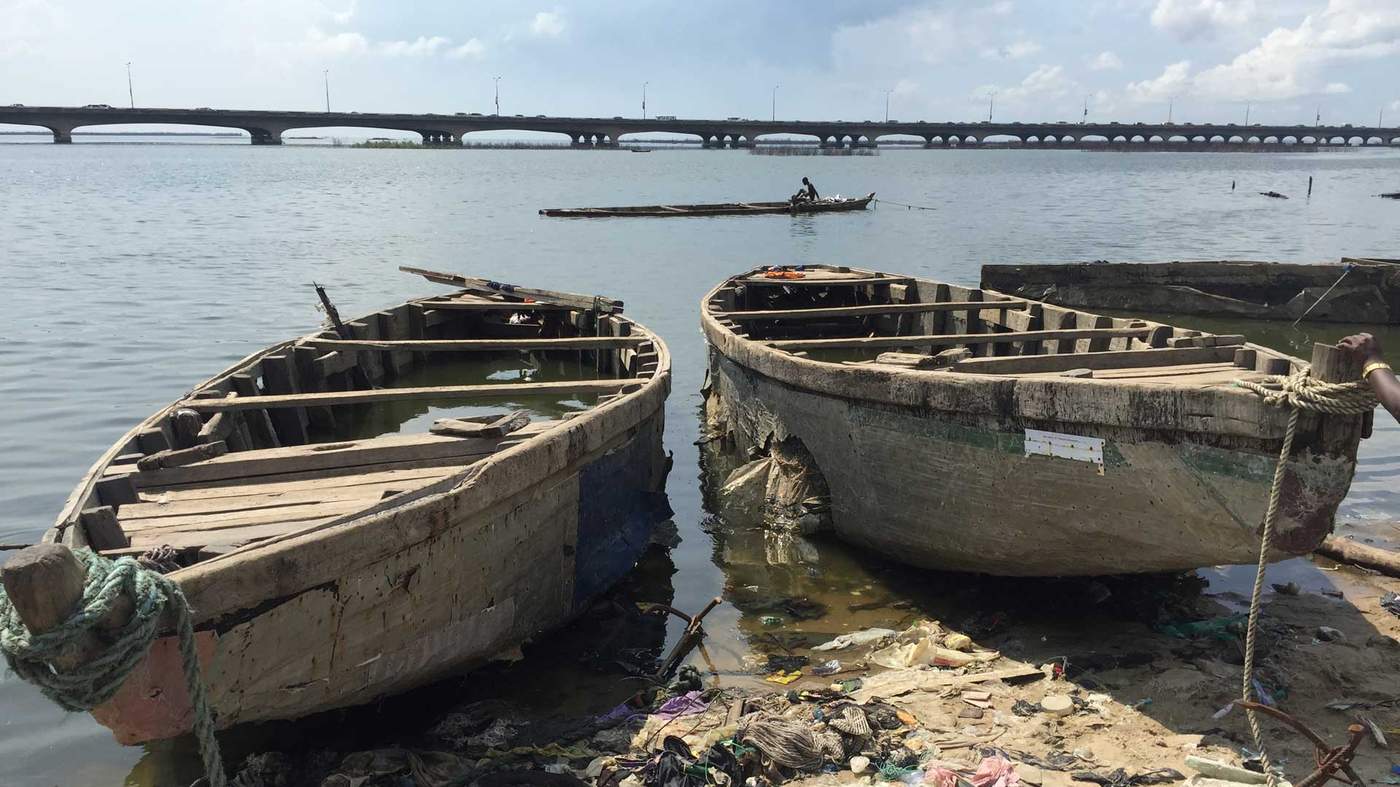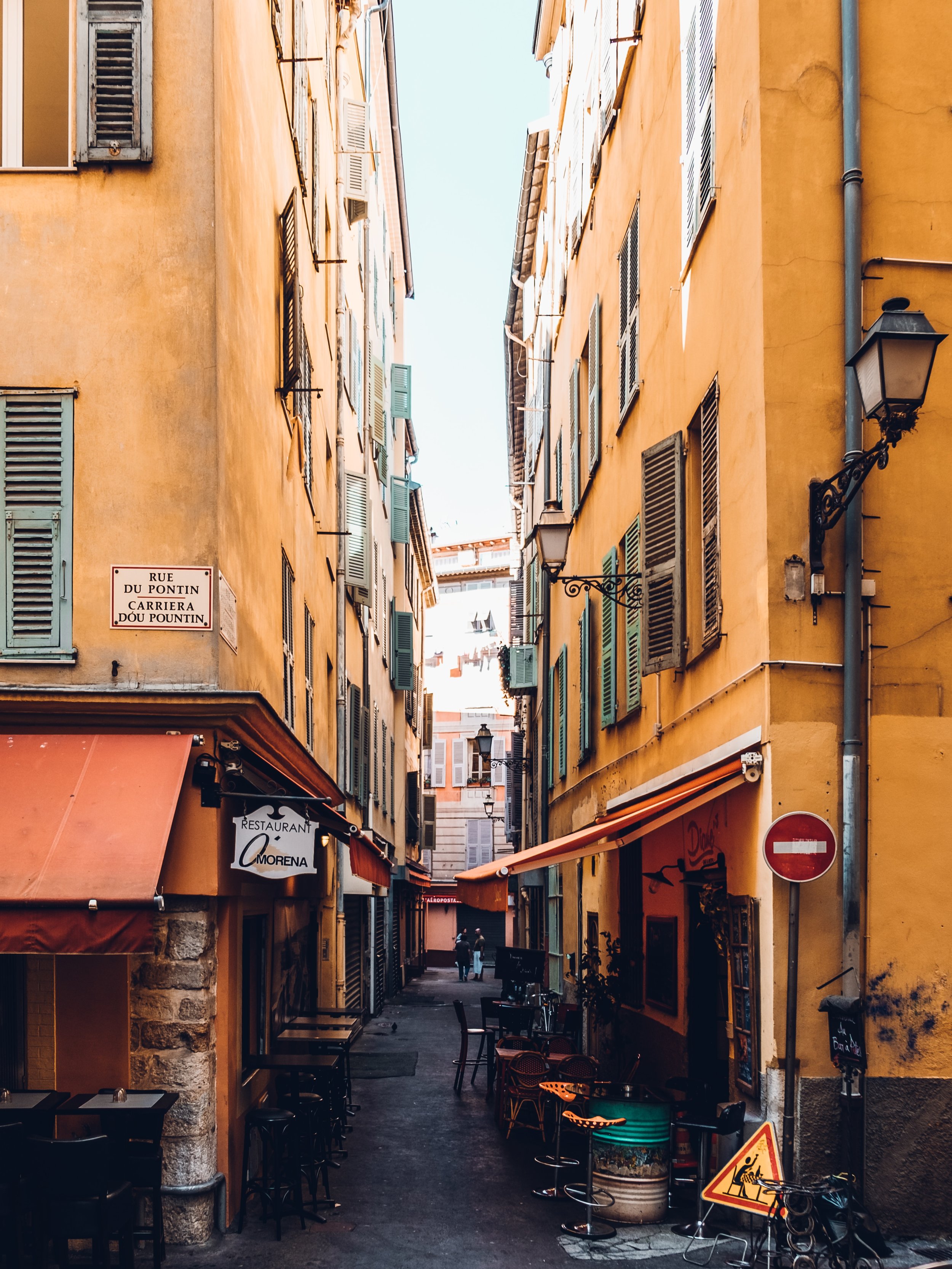About Honfleur

DETAILS LEFT OUT 100 PLACES IN FRANCE EVERY WOMAN SHOULD GO
The volume of my iPhone was pegged to high, but I could scarcely hear Madame Bovary, my audio book of choice for a winter road trip across Normandy. A little Flaubert to affix me to my surroundings as I tore my way through northern France. My rental car had a diesel engine that made the whole rig vibrate, and with it, my auditory cortex. I had just 26 chapters left to write and I’d be done: 100 Places in France Every Woman Should Go. I’d chased stories throughout the country: rosé in the south, lighthouses in Brittany, a ghost in Bordeaux. Now I just had to dash off a portrait of a trio of seaside villages, starting with Honfleur.
I’d last seen Honfleur when I was well-cocktailed, newly married, and deeply tanned one summer, 20 years earlier, and what I needed to say about it was prescribed to the point of formula. The chapter felt written. I would twirl my readers past the teeming green of Normandy’s apple orchards and along its coastline of hulking cliffs; I would underscore this paradox of elegance and earthiness. How chic are the port villages in the sun—the way Monet painted them—and the beaches with their striped cabanas? How lush it all was, and how dramatic were the pinks that shifted across the sky.
The trick was getting there, and the problem was winter. In came a storm: a slip ‘n slide of overflowing gullies and rain that pounded on my car. What I didn’t say about Honfleur is what hell you pay for traveling there in February. That your GPS might send you right down a medieval alley, in the dark, and when you gun it through to the other side, you will destroy both side mirrors. And what you’ll find nowhere in the chapter is an admission of my gloom. But what brought me low that day was not as simple as feeling my age, and the long stretch of years since I’d fallen for the place—it was returning in a way that was anything but picturesque.
I didn’t say that I was to-the-bone exhausted from my packed itinerary through the ice and sleet of Normandy in February. It was Valentine’s Day and I—the wife and mother of the year—was hydroplaning through France, solo. When I finally found the hotel, I was soggy to the skin. I couldn’t reach my husband for sympathy but I felt plenty sorry for myself. I had three months to finish my manuscript. At that moment, I hated France and why was I writing a book on it?
What I really didn’t say was this: In my room, I filled a snifter with Calvados, pocketed a handful of chocolates and went to run a steaming bath. I was warm and tipsy and called home again. This time, my husband answered. Connecticut was buried under three feet of snow, a bathroom pipe had burst, and the plow had yet to come to clear the driveway. The dog was throwing up. I sunk into the high thread count and called downstairs to order a 5 a.m. wakeup call. That’s when I changed my mind—howling Normandy was exactly where I needed to be in February. The receptionist warned me of the incoming rainstorm headed across the Channel. My car would be heated and ready, and so, I knew, would I.
ABOUT THE AUTHOR
Marcia DeSanctis is the author of 100 Places in France Every Woman Should Go, a New York Times bestseller. She is a frequent contributor to Vogue and Town & Country, and has won 5 Lowell Thomas Awards for excellence in travel journalism for her essays from Russia, France, Rwanda, Haiti and Morocco. One of her favorite places to travel? Milwaukee.
Header photo by Francisco Gonzalez

